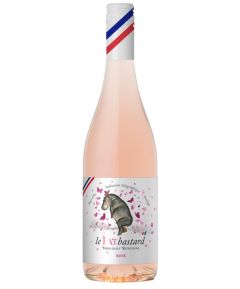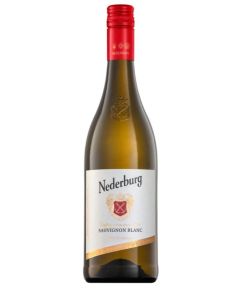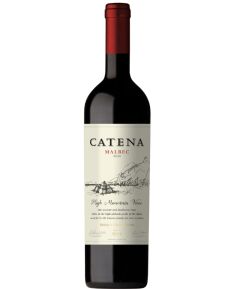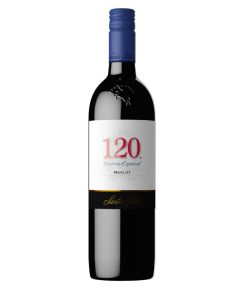How to Guide: Entertaining with Wine

How to Guide: Entertaining with Wine
Dec 1, 2
By
tflavius
The "HOW TO GUIDE" on Entertaining with Wine
Dinner is by you. And you thought you had it all under control until you remembered the wine. What do I get? How much do I get? What will go well with dinner? Suddenly this simple dinner just became very complicated.
Don't worry, you're not alone. Many people battle with the questions of what to get and how much to get when it comes to preparing a dinner which includes wine. We've put together many of the frequent questions we receive about wine dinners into an easy to follow format.
MAKING THE WINE SELECTION
It's safe to say that for most dinners you should offer a standard white and red. If you want to spruce things up a bit, increase the variety of whites and reds and throw in a rosé. Always take into consideration the preferences of your guests.
RECOMMENDED ROSÉ
If you decide to serve a rosé, it can make the perfect wine for an entrance or can even be served at the dinner table. If your dinner includes seafood, salad, or creamy pasta a rosé makes a great addition to the table.
-
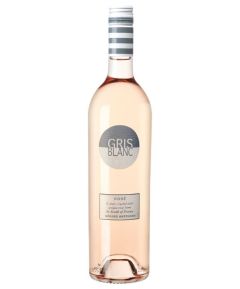 Gérard Bertrand Gris Blanc Rosé IGP Pays d'Oc Rosé 75clAs low as BBD$47.00
Gérard Bertrand Gris Blanc Rosé IGP Pays d'Oc Rosé 75clAs low as BBD$47.00 -
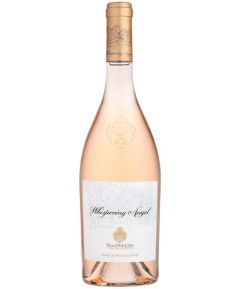 Whispering Angel AOC Côtes de Provence Rosé 75clAs low as BBD$67.00
Whispering Angel AOC Côtes de Provence Rosé 75clAs low as BBD$67.00
RECOMMENDED WHITES
Sauvignon Blanc or Pinot Grigio:
Fresh, crisp and enjoyable on its own or with fish, salads, and cream-based pastas. This makes a great aperitif to serve as guests arrive and prior to the start of dinner. Some guests may enjoy it so much that they continue drinking throughout dinner.
-
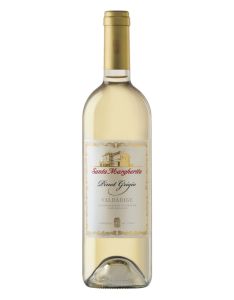 Santa Margherita Pinot Grigio Valdadige DOC 75clAs low as BBD$52.99
Santa Margherita Pinot Grigio Valdadige DOC 75clAs low as BBD$52.99
RECOMMENDED REDS
Pinot Noir:
A great option for a light-bodied red wine served before dinner or with tapas style food.
Merlot:
One of the most popular red wine grape varieties simply because this wine is so easy to get along with. It's lush, velvety and pairs well with a variety of meal options. If you're unsure what your guests typically drink, Merlot is a safe red wine option.
Malbec:
While Malbec may not be traditional at the dinner table, it is rising in popularity. If you want to make an impression on your guests and flaunt your wine sawiness, try serving a Malbec. This style of wine is rich, full-bodied yet lush.
Cabernet Sauvignon:
This grape variety has been hailed as the King of Red Wine as it is the most robust and typically a mouth full of dark fruits with tannic qualities that give the wine structure and length. Cabernet Sauvignon is a food-friendly wine which pairs perfectly with dark meats, rich sauce, and savoury foods. If your meal includes steak, burgers, peppercorn sauce, or a rich alfredo sauce, try serving a Cabernet Sauvignon.
-
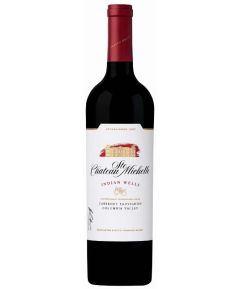 Château Ste Michelle Indian Wells Cab Sauvignon 75clAs low as BBD$64.25
Château Ste Michelle Indian Wells Cab Sauvignon 75clAs low as BBD$64.25
DECIDING ON THE QUANTITY OF WINE
Our standard guideline is you will receive five glasses of wine for each standard sized bottle of wine. Before making a quick calculation, there are a few questions to consider:
- What is the duration of your event?
The typical person will drink 1-2 glasses per hour. - Of the people attending, how many will drink wine? If you're unsure whether someone will drink wine, assume they will. Use this number to calculate the number of bottles you require
- How heavy or light do your guests typically drink? This will allow you to determine approximately how many glasses each person will consume and provide you with an easy calculation.
Once you have a grasp of the number of people drinking wine and approximately how much they will drink, you can use the calculation: Number of guests multiplied by the approximate number of glasses each guest will drink, divided by 5.
Once you've decided how many bottles you need, we recommend an even split between white wine and red wine. If you are serving rosé wine, this can be 10% of your total.
If you're hosting a large group, ask us about our consignment options.
THE GLASSWARE
The simplest option for wine glassware is an all-purpose glass which can serve both red and white. Another option is to offer a white wine glass and a red wine glass. Two great options are Spiegelau Authentis or Salute. Depending on the format of your evening, you can serve wine upon entrance or you can set wine glasses at the dinner table with the expectation that everyone will go straight to the dinner table or change their drink prior to being seated.
If you want to get fancy, your red wine can be served in a decanter and set on the table. Decanters allow young, red wines to aerate prior to being served. This means that your guests enjoy their wine in optimum condition. For older vintages of wine, decanting will separate any sediment in the wine bottle and eliminate it from being poured into the glass.
WHAT TO CHILL & WHEN
White & Rosé wines
These wines can be placed in your fridge 2-3 hours prior to serving to ensure they are appropriately chilled and ready to serve. If you're in a rush, one hour in the fridge is acceptable once you're not opening the fridge every two minutes while preparing for dinner.
During dinner you can leave the white wines in the fridge or place them in an ice bucket for easy access.
Red wines:
While red wines typically are not chilled, in our warm climate these wines can benefit from a slight chill. Place these in the fridge for no more than twenty minutes. Lighter body reds like Pinot Noir greatly benefit from a slight chill. During dinner, reds can be left on the table with the cork or cap removed which allows them to breathe.
As always we understand that serving wines at dinner can be a daunting task, contact us for more in depth recommendations and guidance for wines at your next dinner party.

